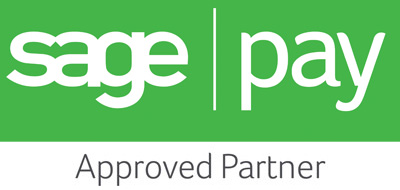Are You Sitting Comfortably? Then I'll Begin...
This was the phrase that started every episode of the BBC radio programme Listen with Mother, and a favourite phrase of my own grandma and mother, who would always say this before reading us a bedtime story.Even now hearing that phrase makes me look forward to hearing a really engaging story – because humans are hardwired to listen to stories and enjoy them.Before everyone was literate and had access to writing implements history and folklore were passed down through narrative storytelling and sitting round listening to a good tale was a common form of entertainment.
In the modern world we're being fed stories all the time.Even factual news accounts are formatted like a narrative with a beginning, middle and end, and now that we're all so connected via social media we're also following the stories of our friends and family in real time – the word “story” is even used to describe a feature on social media now and allows users to upload content along a single theme or event which is grouped as a single narrative, or “story”.
If you can present your product or service within the context of a story you're already halfway to snaring the attention of your audience, especially if that narrative is relatable. An engaging narrative format is “the problem”.Whatever your product or service may be, it's designed to solve a problem and it's likely that people are still struggling with that problem; they just haven't found your solution yet.Case studies and interviews or short video features with real customers are all ways of formatting your problem solving story and that authenticity you get from using real customers can't be beaten.
Your business can also help improve the lives of your customers, essentially solving a problem they didn't know they had.By showing how your product or service has improved things for your customers, you can appeal to people who weren't actively looking for a solution or an improvement strategy, but who can't turn down the chance to do more business.In both these examples the narrative structure is the same.The beginning shows the status quo, the problem or the desire to improve.The middle introduces your product or service, and the happy ending shows the improvement or the solution to the problem.
These three parts of the narrative can be presented in one go as a full story, or split into parts to tease out the content over a day or two and engage your audience over the longer term.You should be led by the length of each section and take into account the attention span and interest of your customers.If you're already using social media for marketing then use the stories feature of your chosen platform(s) to present your narrative in sections – this can be done on Instagram, Facebook and YouTube.
You don't have to stop there – product development makes a great story, as does the background of new staff.Problems you have personally solved using another company's product or service could be the basis for a collaborative story which can then be published by both parties, doubling your audience without any extra effort on your part.
We hope you have enjoyed this story about narratives for marketing, and that you've found something to implement in your own marketing strategy.
The End.
